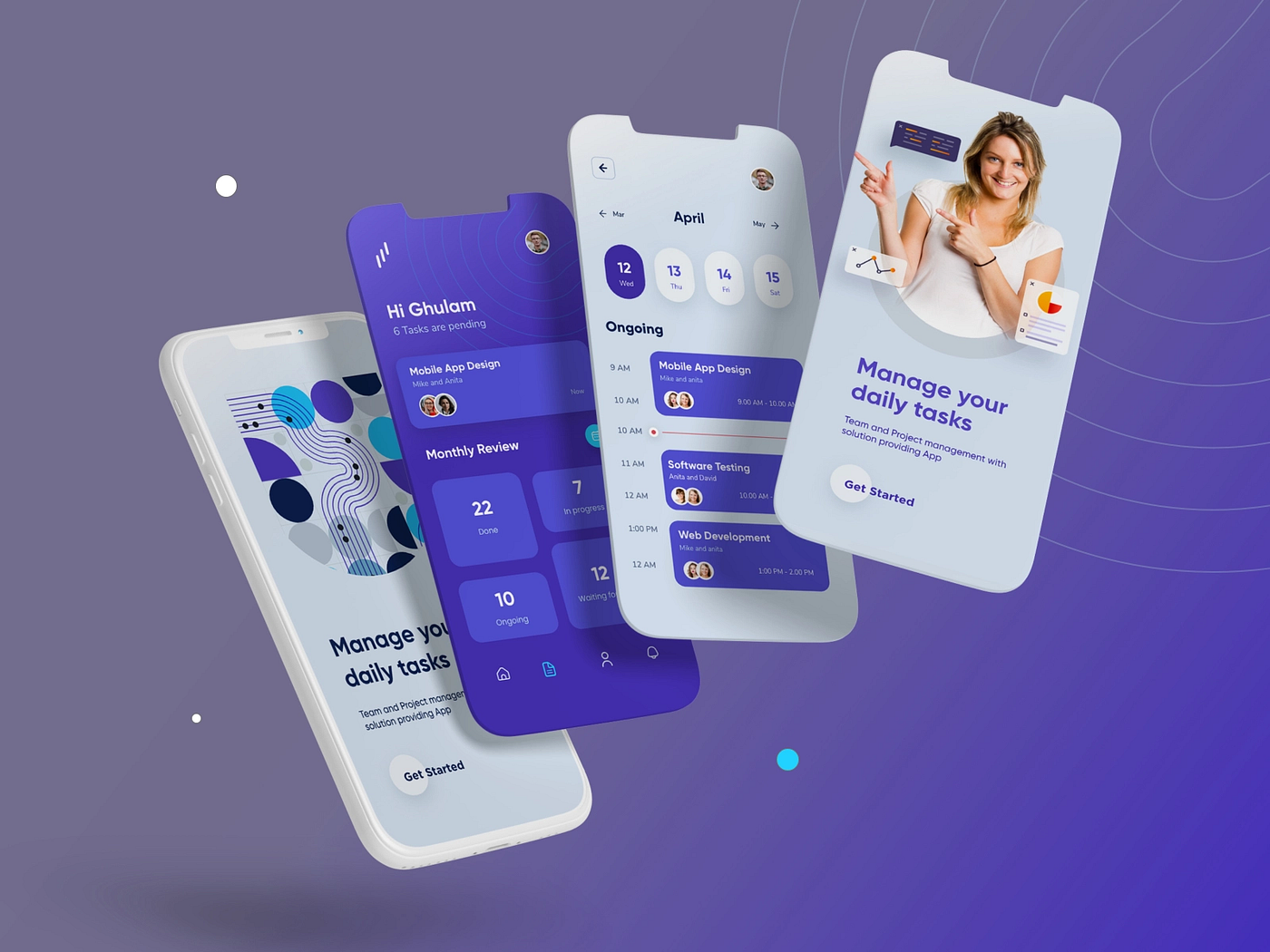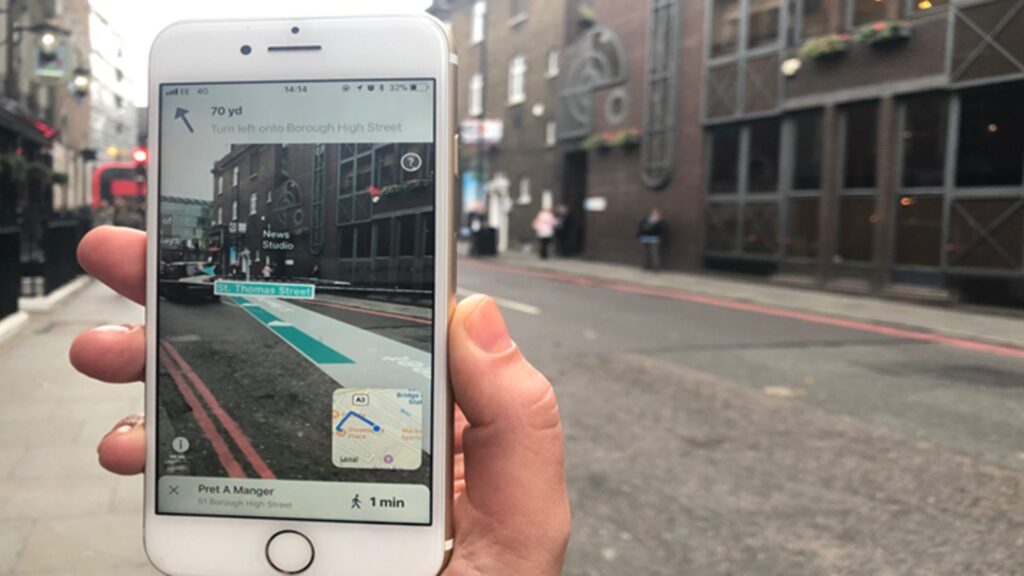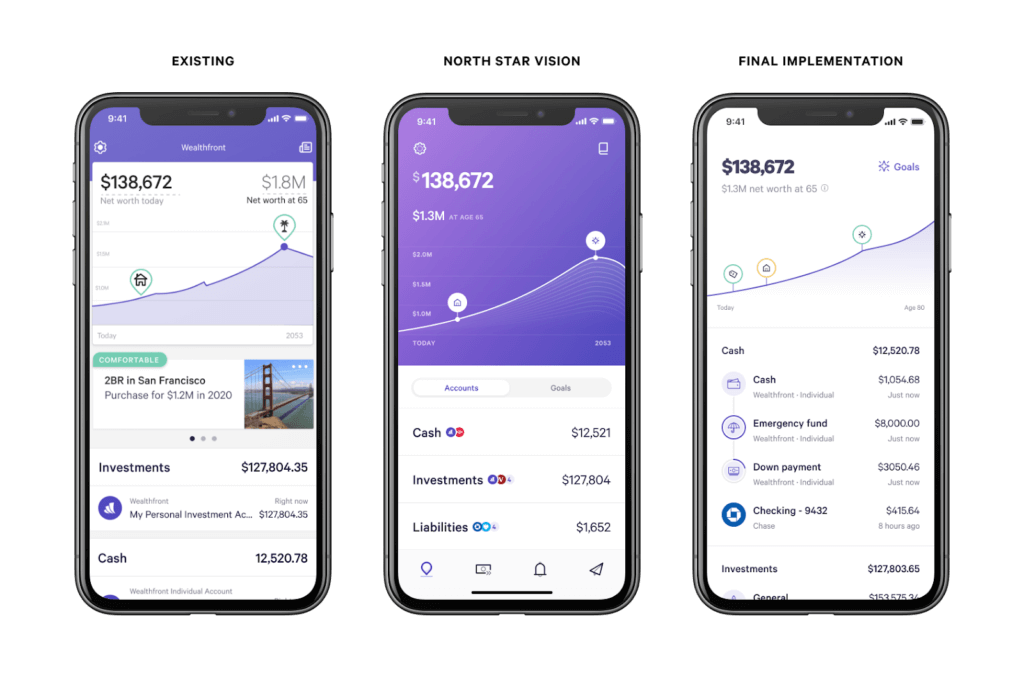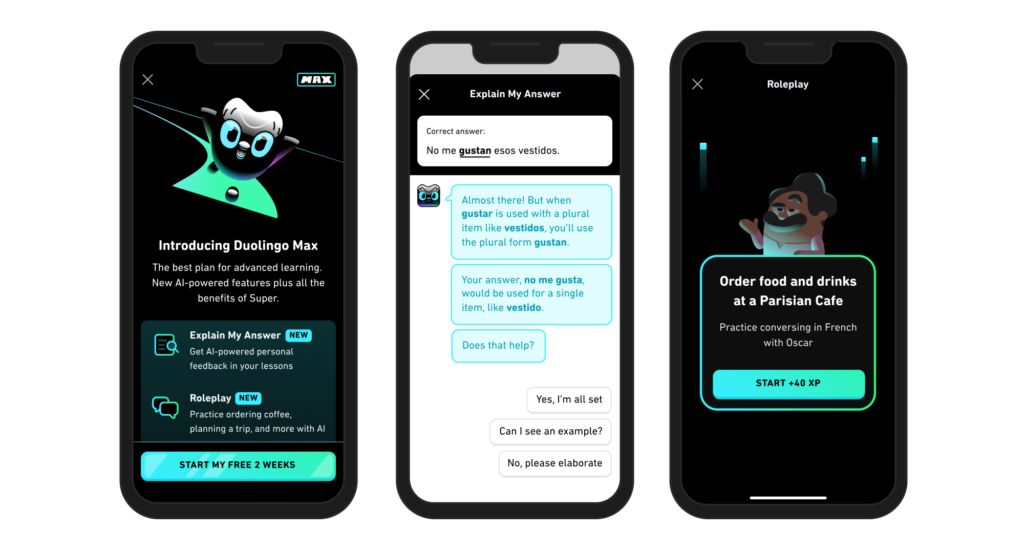
As technology changes all the time, the way mobile apps are designed is very important for shaping user experiences and promoting new ideas. As we move into 2024, the mobile app design industry is going through a big change. New technologies, shifting user needs, and innovative thinking are what are driving this change. At the top are developers and designers who make immersive and easy-to-use interfaces that meet current needs and also think ahead to what users will want in the future.
Here are some of the most important trends that will change the way mobile apps are made in 2024. These will give us a look at the new ideas and methods that will change how we use our digital devices.
AR navigation

Augmented reality (AR) is becoming more popular in guidance apps in 2024 because it makes navigation more advanced and easy to use. AR apps give you real-time directions in complicated places, like city streets, shopping stores, and airports, making it easier to find your way. They also change the way people explore cities by putting landmarks, interesting places, and turn-by-turn directions right into the environment. AR apps can be used in places other than city streets, making complicated settings easier to get around in.
Multi-Platform Design System Consistency:

With users seamlessly transitioning between various devices, maintaining consistency across different platforms has become a priority for mobile app designers. Design systems are emerging as a solution, ensuring uniformity in design elements, colour schemes, and user interface components. In 2024, expect more applications to adopt design systems, providing a cohesive and familiar experience regardless of the device being used.
The Era of AI-Driven Personalisation

AI-driven personalisation is changing the way the material is customised by focusing on what each user wants. This all-around method makes sure that every interaction with the app is tailored to the tastes and habits of each user. Predictive algorithms look at user data to guess what they’ll like and how they’ll act. They keep learning and changing to make the app experience dynamic and responsive. This method increases user engagement by making the surroundings more interesting and focused on the user. Developers are moving towards simpler design, which makes it easier to navigate and takes less time to learn. This not only makes users happier but also makes them more likely to use the app for longer periods and in useful ways.
Rise of Mobile App ‘App Factories’

The “App Factory” plan uses pre-built components that have received institutional review board approval to speed up the creation of apps. This saves time and effort. This makes sure that legal standards are met and speeds up the process of making healthcare apps. The model cuts down on traditional barriers in the healthcare sector and speeds up the time it takes to launch. It also improves security and quality by following strict protocols and building trust between healthcare experts and end users. The standardised method also lowers the range of development costs, which helps healthcare systems better plan and manage costs, which improves financial efficiency and the smart use of resources. Overall, the “App Factory” approach is an important one for making healthcare apps.
Voice and Command Integration Increases

Voice recognition and command technology are quickly becoming important parts of user interfaces because they let you use gadgets, apps, and services without touching them. This method makes things easier and makes the user experience more open and available for everyone. Developers can create unique and interesting user experiences by combining voice recognition and command technology. This includes making controls easy to use and personalising interactions. As we move into 2024, this trend gives developers an edge over their competitors, since apps with these features make using technology easier and more fun for users. Voice-enabled interactions also help make the digital world more accessible and welcoming, helping people of all abilities and breaking down boundaries.
AI-Driven ‘Super Apps’: A meteoric rise

Super Apps are smartphone apps that integrate social media, e-commerce, and personal finance into one ecosystem. These apps streamline consumers’ digital experience by replacing many separate programmes. The integration of AI and machine learning technology personalises content based on user preferences and makes intelligent suggestions. This simplifies daily life by eliminating the need to move between social media, shopping, and money apps. AI-powered ‘Super Apps’ represent a paradigm leap in mobile app development, seeking to create a comprehensive user experience that meets the needs of modern digital life.
Mobile App End-to-End Encryption Rises

In this digital age, data breaches are becoming more of a worry, which is why companies like Meta make end-to-end security the standard for their platforms. This move is meant to keep user messages safe from people who shouldn’t be able to see them, and it shows how important encryption is for digital privacy. In-app E2E encryption is also becoming an important security tool in many types of mobile app development, from health and finance apps to social networking apps. E2E encryption protects against data leaks, which gives users peace of mind and privacy when they’re online.
Conclusion:
The 2024 mobile app design trends show that the industry is receptive to new ideas to make user experiences easier, safer, and more personalised. Augmented reality is increasingly used for navigation, design systems are used to make apps work the same on multiple platforms, AI drives personalisation, “App Factories” are useful for development, apps need built-in voice recognition, AI-powered “Super Apps” are becoming, and end-to-end encryption is crucial for user privacy. All of these trends aim to improve user engagement, accessibility, and safety. They will shape mobile app development.


